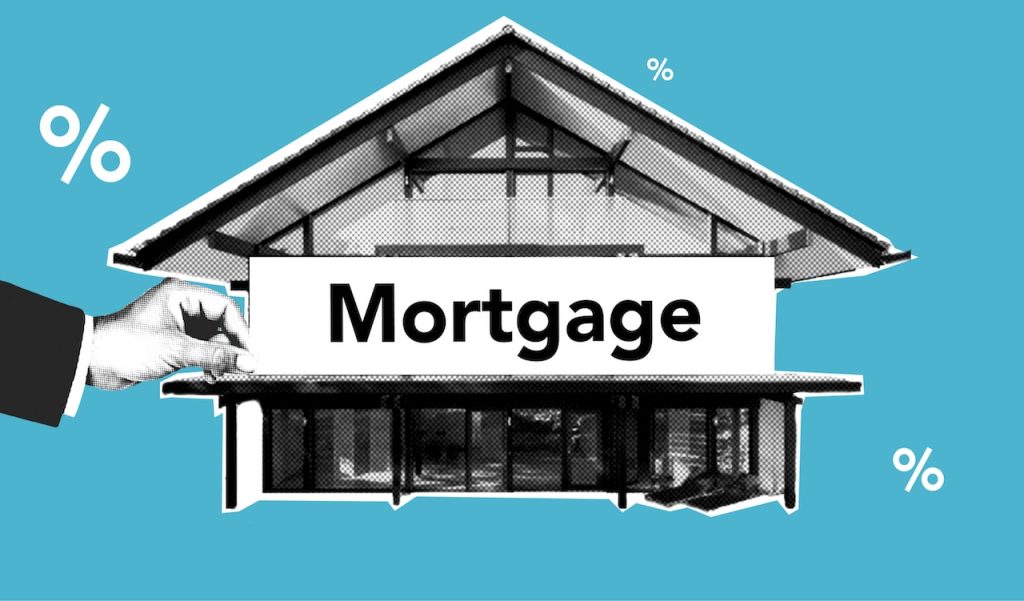Understand the Home Loan Process: Step-by-Step Instructions
Do you need a home loan? Let the experts at Lend 4 You help you learn what to expect. Here’s a step-by-step look at the home loan process.
Step 1: Learn How Much Money You’re Able to Borrow
The first step in any home loan process is figuring out how much money you can borrow. You’ll make the home loan process much easier by knowing how much home you can actually afford before house hunting begins.
You may also choose a loan preapproval that requires verifying your income, credit, assets, and liabilities. We recommend getting preapproved before looking for your new house because you will:
- Know what properties are within your financial range.
- Be in a great place when negotiating with the seller (the seller knows your loan is already approved).
- Complete the steps of the home loan process as fast as possible.
Call Us at (855) 215-1111 to See if You Qualify for a Mortgage Preapproval
Understanding Debt-to-Income and Loan-to-Value
A loan-to-value (LTV) ratio is very important to a lender. An LTV ratio describes what a lender will accept from a risk perspective to finance your purchase. Lenders are usually ready to lend a higher percentage of the value. Sometimes, they lend up to 100% to creditworthy borrowers.
Another consideration is the debt-to-income ratio, comparing your monthly debt payments (like automotive and personal loans) to your monthly income. The rule of thumb is that your monthly mortgage payments shouldn’t be higher than 1/3rd of your gross monthly income.
Using the debt-to-income ratio, let’s say you earn $6,000 per month. It would look favorable to a lender during this step of the home loan process if your monthly debt payments were at or lower than $2,000 per month.
Borrowers with high debt-to-income ratios typically pay a higher down payment to qualify for a lower LTV ratio.
FICO™ Credit Score
Many lenders use FICO™ credit scores to help determine mortgage preapprovals and other lending-related decisions. A measure of someone’s creditworthiness, a FICO™ score reflects a person’s individual credit risk compared to the general population.
Factors of a FICO™ credit score can include:
- Past payment history
- Total borrowing amount
- Length of credit history
- Search for new credit
- Type of credit established
You might be unaware that each time a lender runs your credit report, it lowers your overall credit score. Because of that, we recommend having your credit report run only after you choose to apply for a loan through a lender or choose the mortgage broker process.
Self-Employed Borrowers
Self-employed individuals often deal with greater borrowing-related hurdles than employed people during the home loan process. The problem many conventional lenders have with self-employed individuals is documenting their income. A company’s employees can provide lenders with pay stubs, which self-employed people can have a harder time producing.
Lenders also typically have an easier time verifying an employee’s information through their employer. If verifiable employment records aren’t available, lenders typically use tax returns dating back at least two years before deciding on a loan’s status.
Source of Down Payment
Lenders expect borrowers to come up with enough cash to cover a down payment and a borrower’s fees before a borrower funds the loan. A down payment typically comes from money saved by a borrower. A borrower can also receive “gift funds” from an accepted donor. However, the gifter must complete and sign a letter stating that their gifted funds don’t require any payback from the borrower.
Step 2: Select The Right Loan Program
Home loans come in many shapes and sizes. During this step of the home loan process, decide which program makes the most sense for your financial situation and goals. This means understanding why each loan is beneficial.
Whether buying or refinancing a home, there are two basic types of home loans: a fixed-rate mortgage or an adjustable-rate mortgage.
Fixed-Rate Mortgages
The terms of a fixed-rate mortgage typically last 15 or 30 years. Throughout those years, your interest rate and monthly payments remain the same.
Fixed-rate mortgages are best when you:
- Plan to live in a home for more than seven years
- Like the stability of a fixed principal and interest payments
- Don’t want to risk future monthly payment increases
- Believe your spending and income will remain the same
Adjustable-Rate Mortgages
Like a fixed-rate mortgage, an adjustable-rate mortgage (ARM) typically lasts 15 or 30 years. But during those years, your ARM’s interest rate may go up or down. That means your monthly payments may increase or decrease.
Adjustable-rate mortgages are best when you:
- Plan on moving into a new home within the next five years
- Don’t mind monthly payments periodically changing (higher or lower)
- Are comfortable with the risk of possible future payment increases
- Believe your income will increase
By considering the above factors and seeking our professional advice, you can receive a mortgage preapproval and find a loan that matches your present situation and future financial goals.
Step 3: Apply for a Loan
With the preparation out of the way, you’re ready for the most important step in the home loan process: filling out a loan application. Like most applications, applying for a loan means including basic personal information. Beyond that, things get a little more specific.
The information on a loan application typically includes:
- Income/employment check: Can your income sufficiently cover a loan’s monthly payments? Lenders use your employment information to help evaluate your income and your debts.
- Credit check: What is your ability to repay debts when they’re due? Lenders review your credit report to determine the types and terms of your previous loans. If they exist, prepare to explain any past lapsed or delayed loan repayments.
- Asset evaluation: Do you have enough assets to make a down payment and pay closing costs?
- Property appraisal: Before the home loan process ends, property appraisals must happen. An appraiser performs an inspection to determine a property’s market value. Location and zoning also play a part in a property evaluation.
- Other documentation: In some cases, lenders may require additional documentation before deciding whether or not to approve your loan.
After completing and submitting your application, loan processing begins.
Quick Steps to Follow During the Home Loan Application Process:
- Ensure you fill out all required parts of your loan application. Use our online forms for a fast and convenient process.
- Respond promptly to requests for additional documentation or information during this step of the home loan process, especially when a loan closes soon or has a locked-in rate.
- Don’t move money in or out of your bank accounts without a paper trail. If you expect to receive large sums of money from friends, family, or others, please prepare a gift letter and contact us.
- Don’t make any major purchases until your loan closes. Spending lots of money can cause your debts to increase, which can negatively impact your current application.
- Avoid going out of town near your loan’s closing date. If you must be out of town during this time, consider signing a power of attorney.
Step 4: Begin Loan Processing
Lenders conform to standards set by government agencies. However, the loan approval step of the home loan process can also vary based on a loan’s terms. Generally, lenders focus on a few factors when deciding to approve a loan: Your ability and willingness to repay your loan and the value of the property on the loan.
Once Lend 4 You receives your loan application, we immediately start the loan approval process. During this process, a loan processor verifies all information in a loan application. If a loan officer or processor finds discrepancies they can’t troubleshoot, they might reach out to you for more information.
Step 5: Close Your Loan
After a lender approves your loan and the mortgage preapproval process wraps up, you’ll be ready to sign final loan documents. It’s crucial to closely review these documents before signing them. If you need help with this process, it could be time to contact a mortgage broker.
This critical review ensures you receive a loan with its originally promised interest rate and terms. During this time, you’ll also want to verify your name, address, and other personal information is accurate. This document’s signing normally takes place in front of a notary public.
During this final step of the home loan process, you can expect to pay additional fees. You’ll typically pay the fees associated with getting a mortgage and transferring property ownership at closing. We recommend bringing a cashier’s check that covers your down payment and closing costs (if required). Lenders normally won’t accept personal checks.
You may also need to present your homeowner’s insurance policy and other requirements such as flood insurance. Lastly, you’ll also need to provide proof of payment.
Your loan should officially close after you sign these loan-related documents.
Note: Regarding owner-occupied refinance loan transactions, federal law requires that you have three days to review documents before your loan transaction can close.
Get the support you need during each step of the home loan process by contacting Lend 4 You at (855) 215-1111. Our experts assist customers with all areas of the mortgage broker process, ensuring we find the best possible loan rates and terms.





